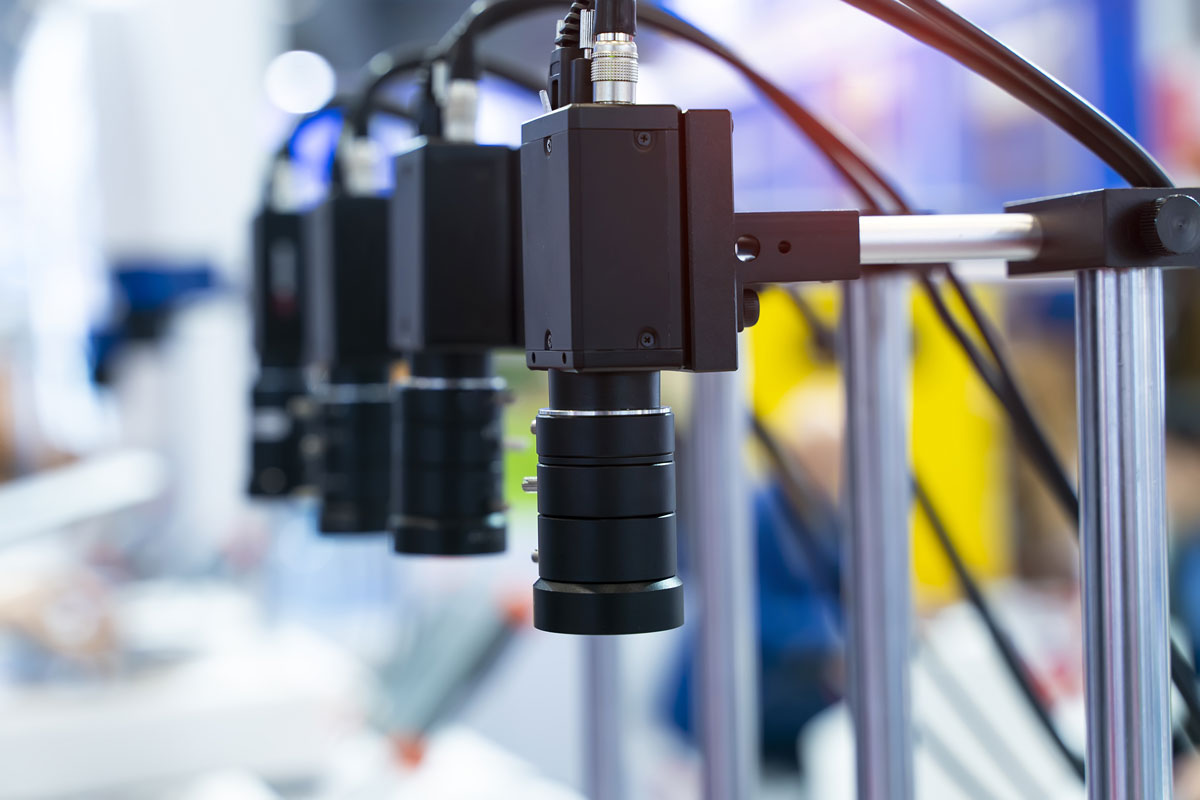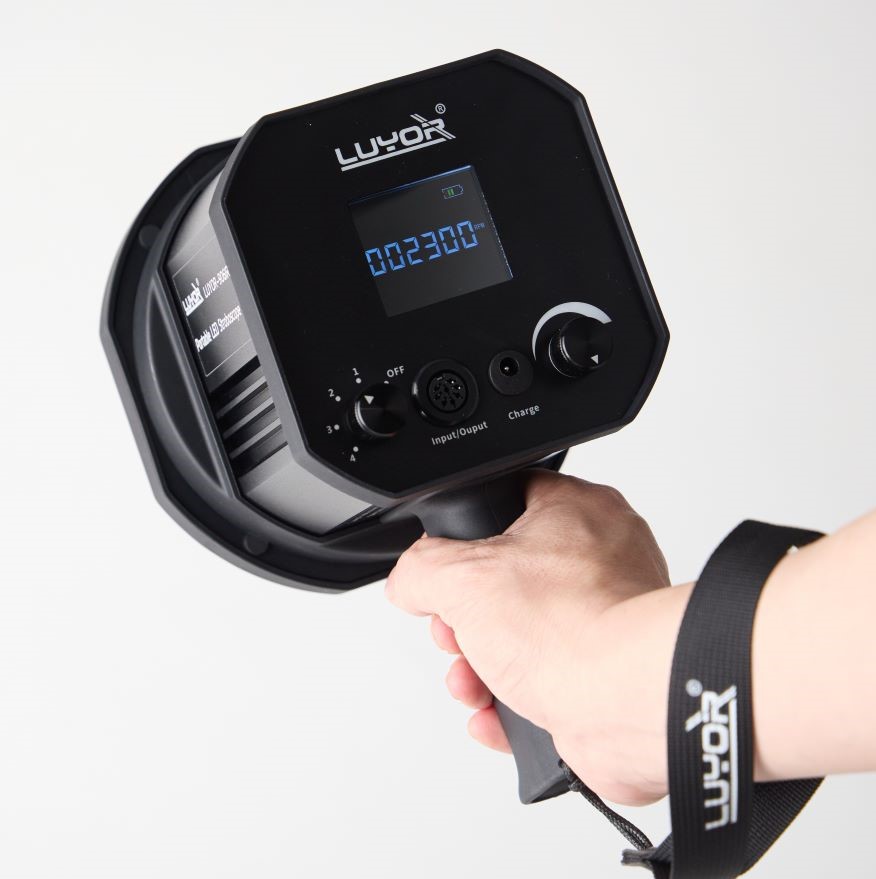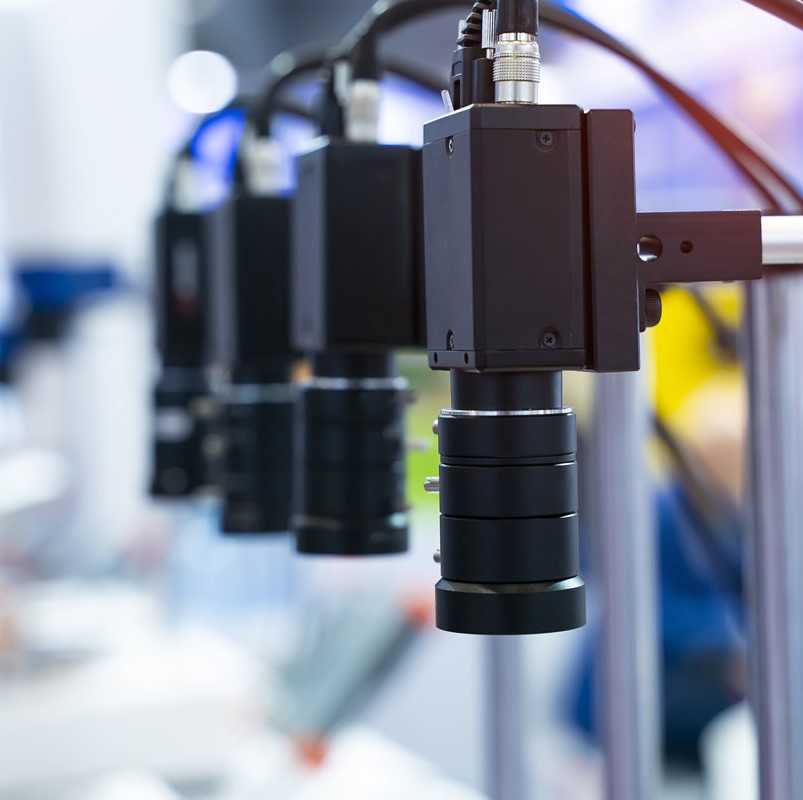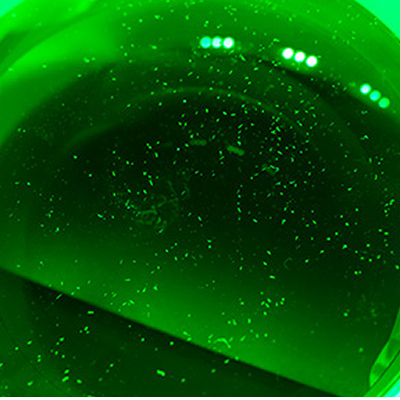LED频闪仪在机器视觉中的应用
为什么使用频闪仪?
对于机器视觉系统来说,需要在快速移动生产线检测产品尤其具有挑战性。由于生产线的速度,相机可能会产生模糊的图像或不正确的检查读数。确保准确检查的一种解决方案是使用频闪仪。
在机器视觉中,可以使用两种选项之一设置照明,即频闪仪或连续光源。频闪灯可以产生更高的强度,以便从机器视觉相机中更好地捕获图像,并且可以使光持续更长时间,因为它只在需要时供电。闪光灯的控制需要非常精确。定时必须与图像采集精确协调;否则图像可能显示得不清楚。
为确保频闪灯能够准确捕捉图像,必须将其设置为适当的脉冲持续时间。闪光灯脉冲的持续时间可能会因相机捕获被检查物品图像的持续时间而异。这种图像捕获通常在微秒级。
频闪仪在视觉照明应用
机器视觉照明中常用的频闪模型有两种:简单的低电流和高能过电流驱动。在这两种情况下,闪光灯都与相机曝光相协调,以确保***佳的图像采集。所使用的闪光灯模型之间的主要区别是光脉冲持续时间与曝光时间的变化、用于为脉冲供电的电流水平以及可用的照明强度。简单的低电流模型非常适合在高亮度LED灯照亮的相对低速的频闪应用中使用。高能过电流驱动模型适用于高速应用。

This post looks at machine vision strobe lighting, the reason why you would use strobe lighting in machine vision lighting applications and multi-wavelength strobe applications.
Why Use a Strobe Light
Fast-moving production lines where articles need to be inspected while in motion can be particularly challenging for machine vision systems. Due to the speed of the line, the camera may produce blurred images or an incorrect inspection reading. One solution to ensure accurate inspection is to use a strobe light.
In machine vision, illumination can be set up using one of two options, either strobe or continuous light sources. A strobe light can produce increased intensity to enable better image capture from the machine vision camera and can enable the light to last longer, as a result of it being powered only when required. Control of the strobe needs to be very precise. The timing must be accurately coordinated with the image acquisition; otherwise the images may show up unclear.
To ensure the strobe light enables accurate image capture it must be set at an appropriate pulse duration. The duration of the strobe pulse can vary greatly depending on the duration of the time it takes the camera to capture the image of the item under inspection. This image capture is usually in the order of microseconds.
Strobing Machine Vision Lighting Applications
There are two commonly used strobe models in machine vision lighting: simple low current and high energy over-current drive. In both cases, the flash is coordinated with the camera exposure to ensure optimum image acquisition. The main differences between the strobe models used are the variation in the light pulse duration in comparison to exposure time, the current levels used to power the pulse, and the available illumination intensity. The simple low current model is well suited for use under relatively low-speed strobing applications illuminated by high brightness LED lights. The high energy over-current drive model is suited for use in high-speed applications.
 led频闪仪的优点
led频闪仪的优点
 LED频闪仪在机器视觉中的应用
LED频闪仪在机器视觉中的应用
 LED黄绿光表面检查灯用于玻璃划痕检测
LED黄绿光表面检查灯用于玻璃划痕检测
 频闪仪的原理、应用及选型指南
频闪仪的原理、应用及选型指南

